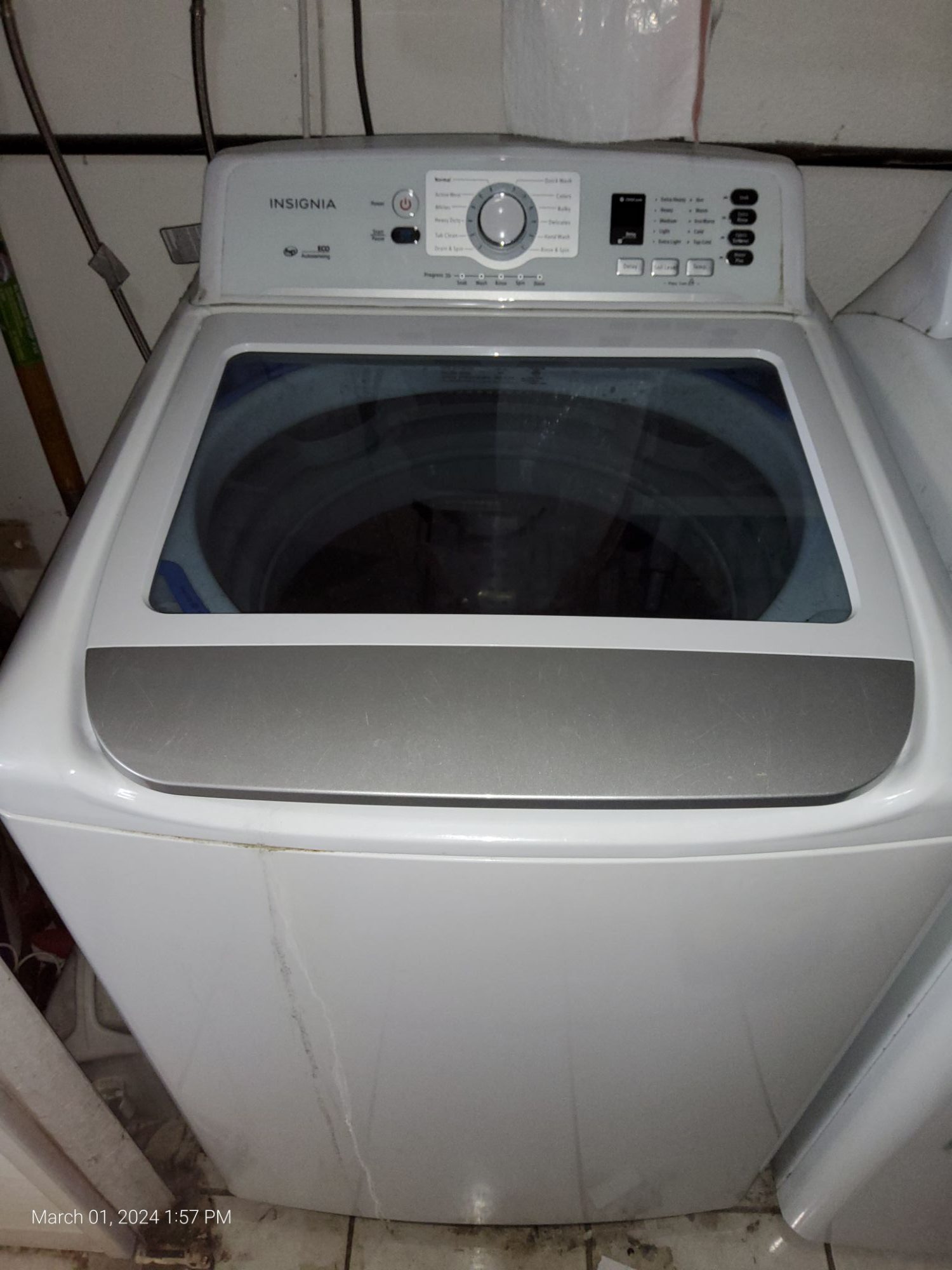
Induction cooktops have gained immense popularity for their energy efficiency, safety, and precise temperature control. Central to their operation is an essential component: the inverter. The inverter is responsible for converting electrical energy and supplying current to the induction windings, creating the magnetic fields that heat cookware. However, like any advanced technology, the inverter can sometimes malfunction, leading to a range of issues that can impede your cooking experience. Understanding the role of the inverter, recognizing symptoms of its malfunction, and knowing when to seek professional repair services can save you time, money, and the frustration of dealing with a non-functional induction stove.
What is the Inverter in an Induction Stove?
Inverters are crucial components in the functioning of induction cooktops. They regulate and convert alternating current (AC) into direct current (DC) and then modulate it to produce the high-frequency current needed to power the induction windings. The inverter enables rapid and efficient heating of cookware by generating electromagnetic fields that induce heat directly in the pot or pan, rather than heating the cooktop surface. When the inverter operates properly, it allows the induction stove to provide precise and instant heat adjustments, making it an ideal choice for modern kitchens. However, due to its complexity, the inverter can be prone to malfunctions that affect the stove’s performance.Common Symptoms of Inverter Malfunction
⠀ An inverter malfunction can present itself in several ways. Here are some common signs that your induction cooktop’s inverter might be experiencing issues: ⠀- No Heat: If your induction cooktop powers on but fails to heat cookware, the problem could be a malfunctioning inverter. The inverter is responsible for generating the magnetic field that heats the pan, so if it’s not working, no heat will be produced.
- Intermittent Heating: If the heat on your stove fluctuates or cuts out unexpectedly, this is often a symptom of inverter trouble. Inconsistent heating can make it difficult to cook evenly and may point to an inverter failure or issues with the internal circuitry.
- Error Codes: Many modern induction stoves are equipped with error detection systems that display error codes when there is a problem. If you see a specific error code, it may indicate a malfunction in the inverter or the induction windings. Refer to your stove’s manual to identify the meaning of the code.
- Cookware Not Detected: Inverters play a key role in detecting the presence of cookware. If your stove fails to recognize compatible pots and pans, the inverter may be malfunctioning, preventing the electromagnetic field from being properly generated.
- No Power to the Cooktop: While this may indicate several potential problems, including power supply issues, a dead cooktop could also be caused by a failure in the inverter. Without a functioning inverter, the induction stove cannot draw and convert power efficiently.
- Unusual Noises: If you hear buzzing or high-pitched whines coming from your induction stove, the inverter may be malfunctioning or struggling to regulate the current flow. This can indicate internal damage to the component or improper electrical connections.